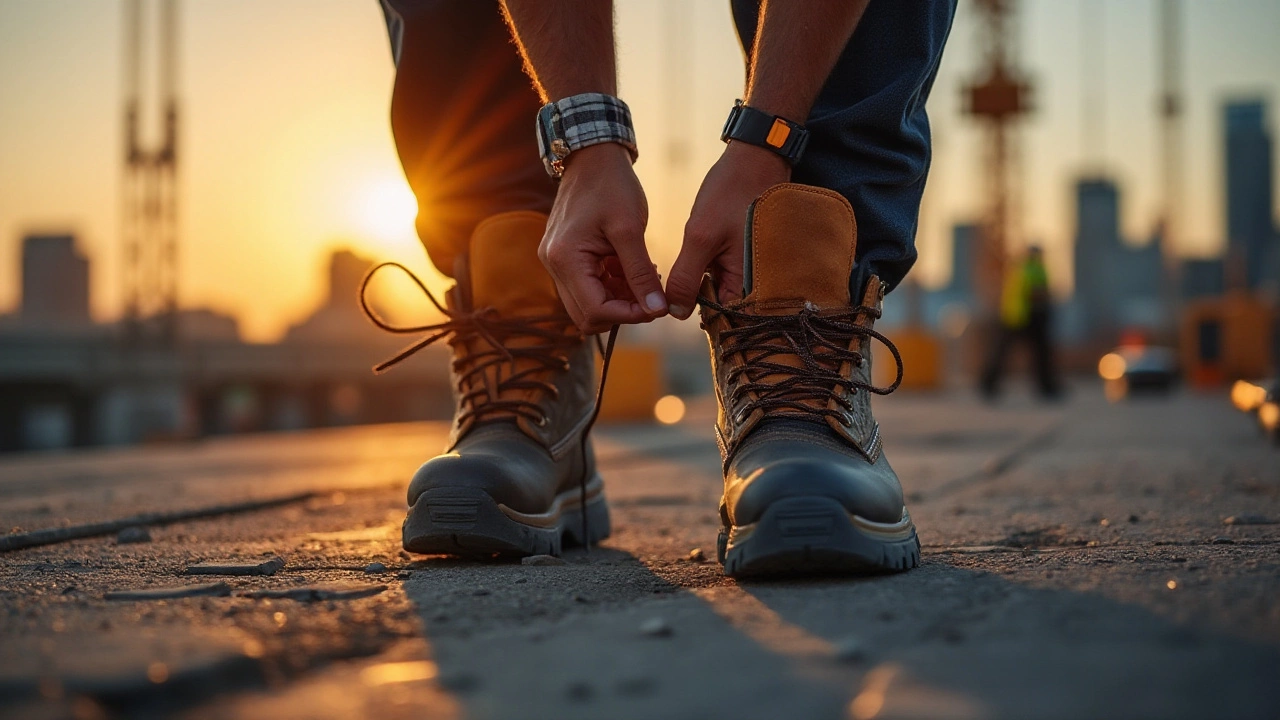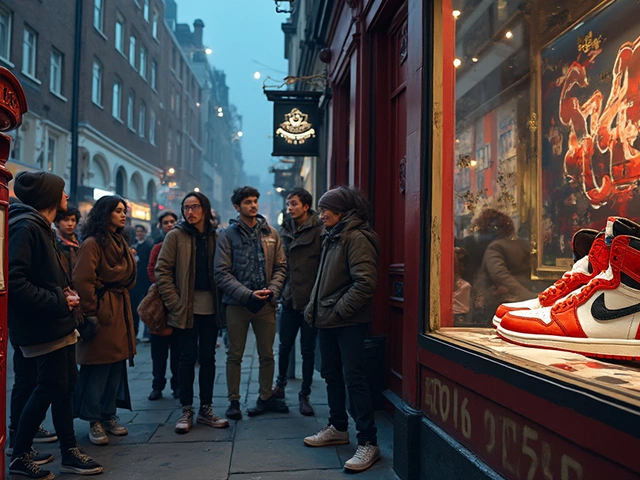Safety Footwear: How to Pick, Wear, and Keep Them in Top Shape
If you work where heavy objects, chemicals, or slippery floors are common, the right shoes aren’t a luxury – they’re a must. A good pair of safety footwear protects your feet from cuts, impacts, and slips, and it can also make a long shift feel a lot easier. Below you’ll get straight‑forward advice on picking the best pair, wearing them correctly, and keeping them in good condition.
Choosing the Right Pair
First, think about the hazards you face every day. Are you around metal rods or falling tools? Look for steel‑toe or composite‑toe caps that can stop a 75 lb object. If you’re in a wet environment, waterproof leather or rubber uppers keep your feet dry, while slip‑resistant soles give better grip on wet tiles.
Fit matters just as much as protection. Slip on a pair and walk a few steps. Your toes should have a thumb‑width of space at the front – enough room to wiggle but not so much that the shoe slides off. The heel should sit snugly against your back foot; a heel that lifts will cause blisters and reduce stability.Check the weight of the shoe. Heavy boots feel solid but can tire you out faster. Modern composite‑toe shoes are lighter and still meet safety standards, so they’re a good compromise for those on their feet all day.
Don’t forget the industry rating. In the UK, look for the CE mark and the appropriate safety class (e.g., S1, S3). The label tells you what the shoe protects against – from water resistance to puncture resistance.
Maintaining Your Safety Shoes
Clean your shoes after each shift. A damp cloth removes mud and chemicals that can break down the material over time. If the shoes are leather, apply a leather conditioner once a month to keep the material supple.
Dry them properly. Never put them near a direct flame or in a dryer. Stuff them with newspaper and let them air‑dry in a well‑ventilated room. This prevents the soles from warping and keeps the interior from developing odors.
Inspect the soles regularly. Look for cracks, worn tread, or embedded objects that could cause a trip. When the tread depth drops below 3 mm, it’s time for a new pair – even if the upper looks fine.
If the toe cap gets dented, replace the shoes. A dented cap can’t absorb impact the way it should, and it defeats the whole purpose of safety footwear.
Store them in a cool, dry place. Avoid stacking heavy boxes on top of your boots – pressure can flatten the midsoles and reduce cushioning.
By following these simple steps – picking the right style, fitting them well, and caring for them daily – you’ll keep your feet safe and comfortable for months. Safety footwear isn’t just a piece of equipment; it’s an investment in your health on the job. Choose wisely, wear them right, and they’ll look after you.

Understanding OSHA Approved Work Footwear for Safety and Comfort
OSHA approved footwear is essential in various workplaces to ensure safety and compliance. These shoes are designed to protect workers from hazards like falling objects, punctures, and electrical risks. It's crucial for employers and employees to understand the requirements and benefits of OSHA compliant footwear. Choosing the right safety shoes can prevent workplace injuries and enhance both safety and comfort on the job. This guide explores what makes footwear OSHA approved and offers practical insights on selecting the right pair for your needs.




